 Black Friday sale is now on. Book today and save! View deals
Black Friday sale is now on. Book today and save! View deals 
Best Things to Do in Santiago, Chile
A stunning city set deep in a valley framed by high Andean peaks, Santiago is South America’s quiet achiever. Efficient, modern, trendy and varied, the Chilean capital offers a surprising kaleidoscope of attractions and activities. If you're visiting soon, here are the best things to do in Santiago.
This insider’s guide to Santiago, Chile, takes you to the heart of one of the most dynamic and cultural highlights in South America. So delay your onwards travel for just a few days when you land, and Santiago will be your most wonderful reward.
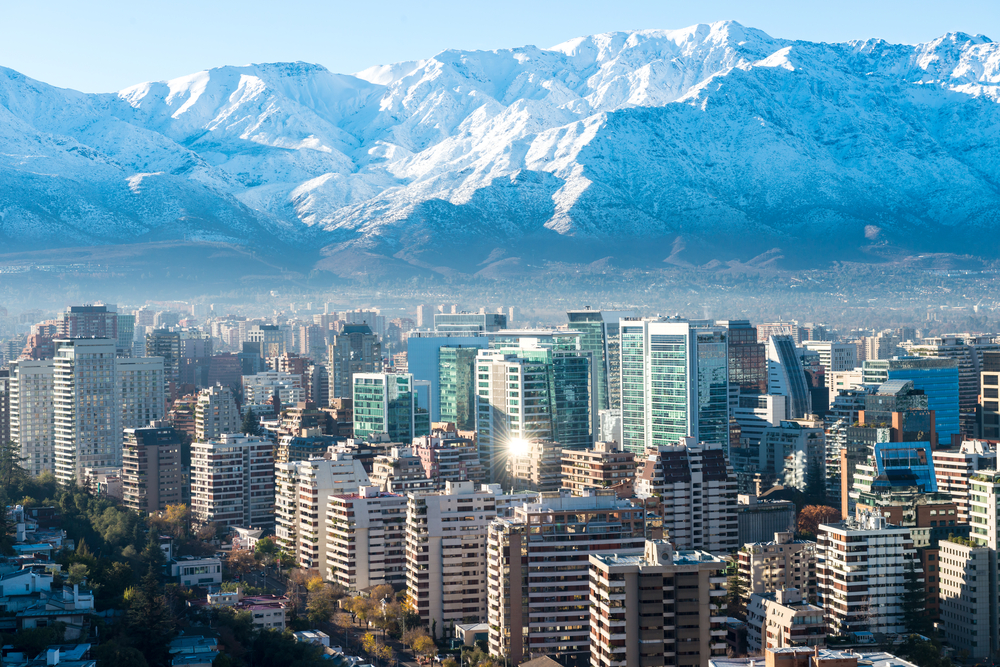
Chile’s capital has been playing second-fiddle to more popular South American capitals like Buenos Aires and Rio de Janeiro for years. Many first-time visitors from Australia and Europe simply see it as a convenient way to set foot on in Latin America, without realizing that it is, in fact, an immensely interesting and rewarding city in which to spend a few days.
Santiago has modern infrastructure – here you’ll find the best metro system in the whole continent– awesome foodie scene, fab shopping, amazing art scene, vibrant nightlife and gorgeous architecture, makes it by far the most liveable and enjoyable capital.
Everything in Santiago works remarkably well and getting your feet wet in a city (and a country) which is affluent, modern, clean, and boasts an effective tourist infrastructure, is ideal if touring South America for the first time.
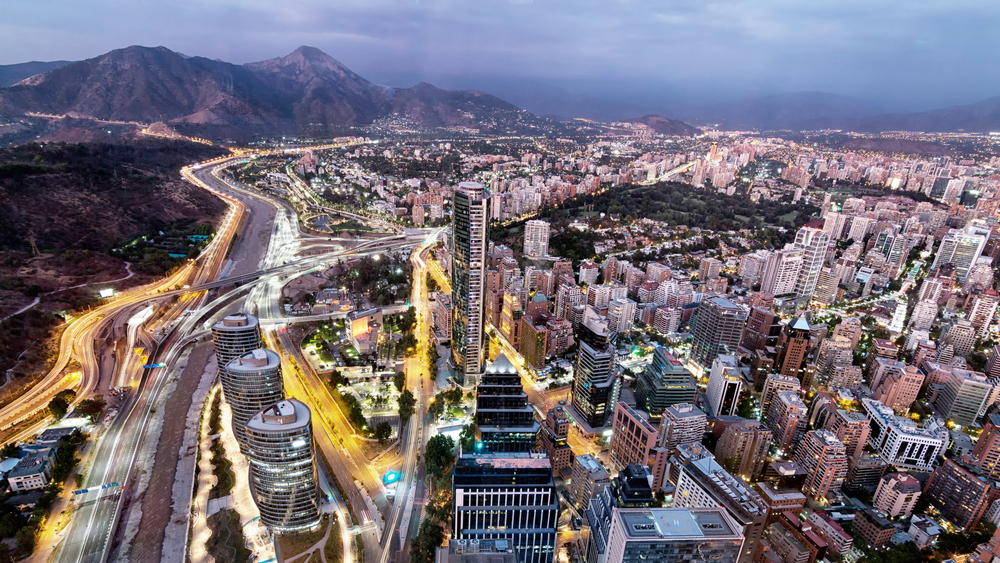
Santiago’s prime location is simply superb, not just for tours of Chile but also for easy transfers to just about every corner of South America. What’s more, the sheer array of nearby day-trip attractions, from wine tours to mountains hikes, makes it a wonderful base city from which to explore for days on end.
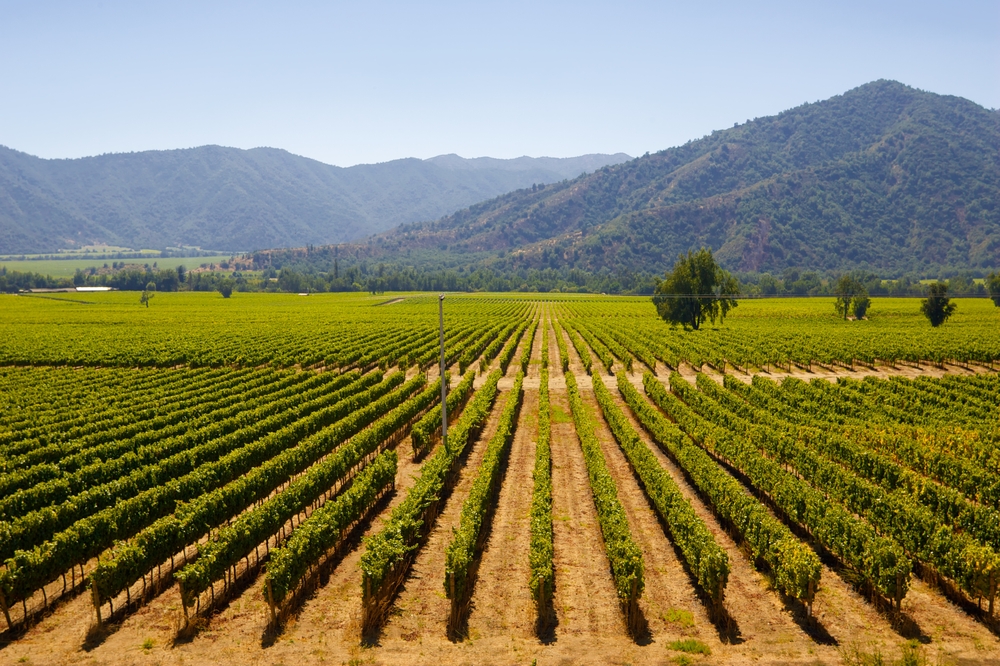
Overview of Santiago, Chile
Established by the Spanish in the mid-1500s, Santiago has gone through a colourful and at-times traumatic transition into a bustling and well-to-do metropolis. Chile, as a whole, has certainly been through a lot.
From dictatorship to economic downfall and eventual steady rise to prosperity, this is arguably now the most politically and economically stable country in South America, and it certainly shows in its capital city.
Meandering through Santiago for a few days is gratifying no matter your interests. Excellent restaurants and a fantastic café scene satisfy the fussiest foodies. An array of brilliant museums will tickle the fancy of all culture aficionados and, for the most active, a wide range of exciting pursuits are on offer. No matter which direction you look, mountains beckon the adventurous soul.

Behind the shiny modern façade of vertiginous skyscrapers are countless layers of stunning ‘South Americanisms’. Old enchanting colonial buildings just begging to be restored and colourful art and craft markets that’ll turn anyone into a shopaholic. A varied, interesting and engaging city, Santiago is the kind of city that can captivate you for days on end.
Santiago’s Best Things to Do and See
With all the usual bells and whistles you’d expect of a vibrant and cosmopolitan city, Santiago’s range of highlights is impressively extensive.
Awe-inspiring architecture with imposing cathedrals and palaces to visit, an array of striking plazas, great markets selling all manner of trinkets, amazing art and culture museums, fabulous shopping plus the best food and wine your pesos can buy. And all of a sudden, a few days just don’t seem enough.
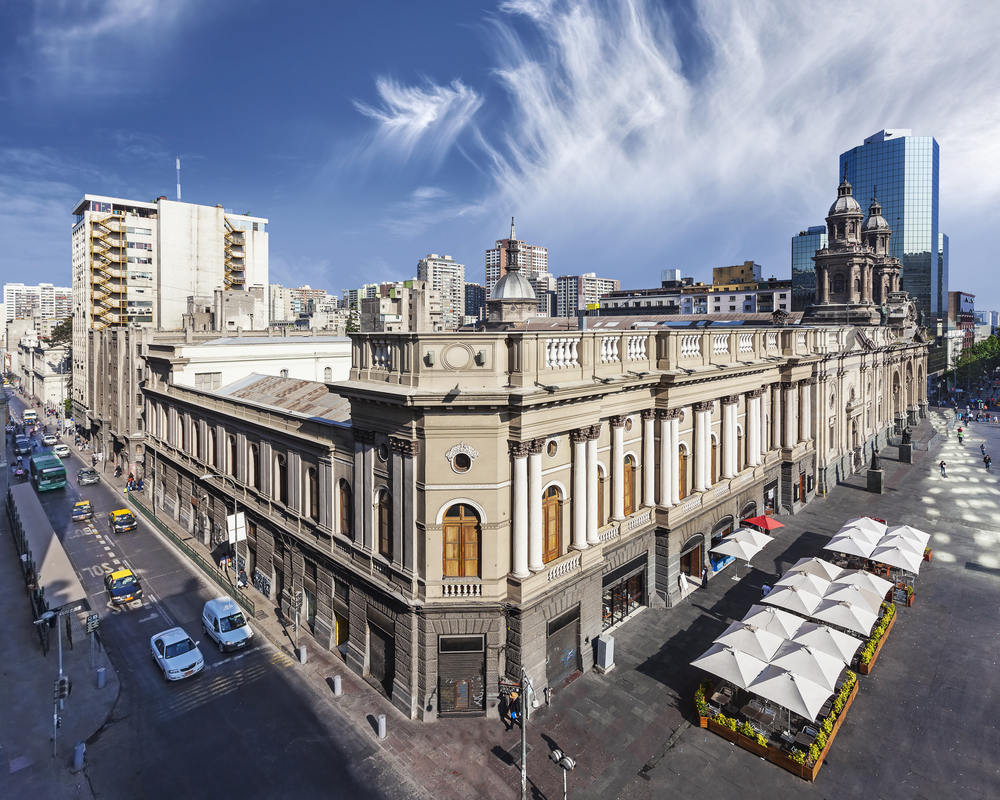
Here are a few special treats Santiago has in store:
Santiago’s Metro
It may seem ludicrous to include a mode of public transport as one of Santiago’s highlights, but if you’ve spent considerable time trying to get out and about in other major Latin American cities, you’d understand how a truly efficient metro system can elicit such accolades.
Santiago is an extensive city, really quite huge. Conveniently, however, most of the major attractions are located on and around Avenida Alameda, which runs for almost 8km from west to east right through the heart of the city.
The 5-line Metro in Santiago does a remarkable job of reaching every remote corner of the city. There are 94 stations all up, servicing a metropolitan area with just over 5 million inhabitants. Line 1 (red) runs the length of Avenida Alameda.
To become a metro-master, all you have to do is drop AUD$3 on a Bip! card at any station, load it up with a couple of dollars and off you go. One card can be used by multiple people, just scan it once for each person.
Plaza de Armas
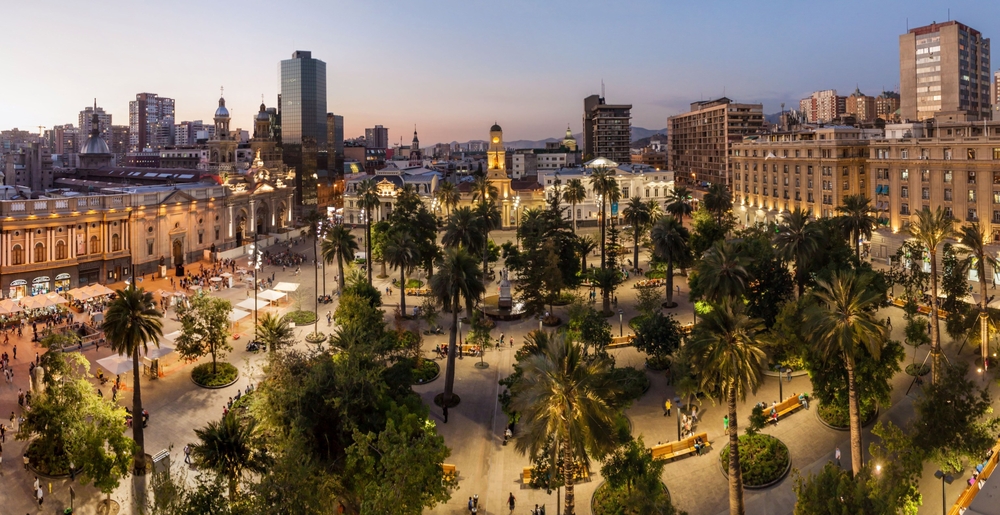
The heart and soul of Santiago, the wonderful Plaza de Armas was first established by the city’s founder in 1541. Spanish conquistador de Valdivia wanted to create a social and political focal point, one framed by resplendent architecture.
Almost five centuries later and the plaza has certainly retained its intended appeal. The pretty as a picture square is shaded by trees, loved by socialising locals, artists, buskers and vendors, and framed by some of the city’s most striking buildings, including the Metropolitan Cathedral, Historical Museum and Governor’s Palace.
Parque Metropolitano
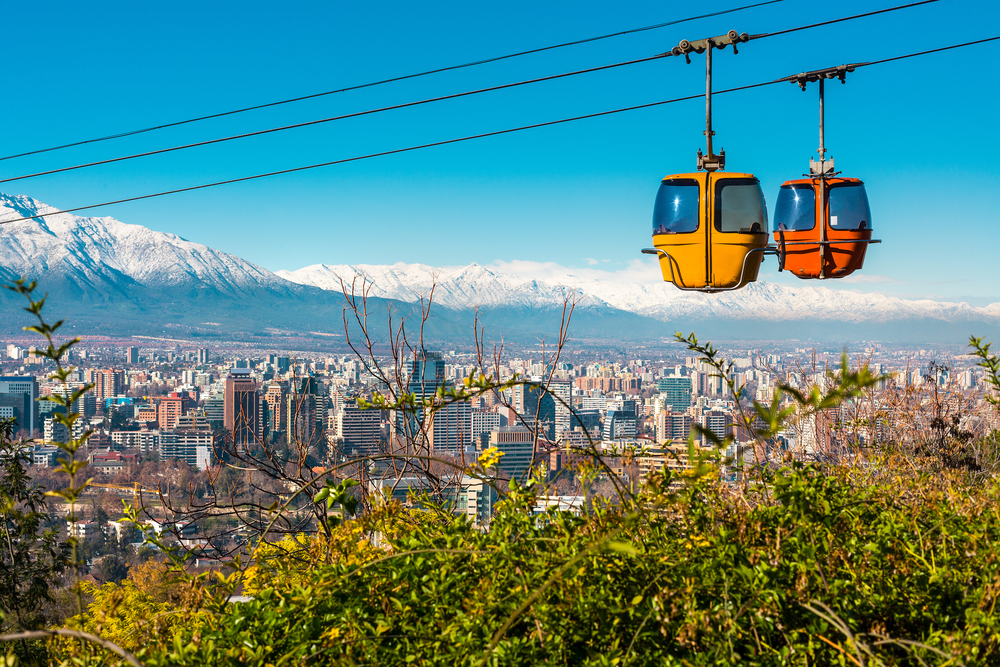
A wonderful first-stop to get an overview of Santiago and breathtaking views of the Andes. The park hosts the city’s zoo and botanical gardens (don’t miss the charming Japanese Gardens) and a mesmerising view from its top peak (San Cristobal Hill) which you can reach on foot (one-hour hike) via cable-car.
This is one of the largest city parks in the world and what I love is that it grants you a glimpse of the kind of juxtaposition which makes Santiago so intriguing. On one side, you can cast your eyes on upmarket hoods like Providencia, and on the other, poorer suburbs like Recoleta. San Cristobal Hill is home to a revered statue of the Madonna, so Sundays are particularly busy.
If you do wish to reach the top make sure you come on a crystal clear day and you’ll see the magnificent Andes Mountain Range at their most glorious best.
Cerro Santa Lucia
If you’re itching to climb something but can’t quite garner enough strength for Metropolitano, then get your feet up Cerro Santa Lucia instead. The hill is located alongside La Alameda and is a leafy oasis brimming with beautiful fountains.
Set aside a few hours for this, however, as you’ll be walking through some of the most enticing streets in the city. Your attention will no doubt be averted endlessly on your way up.
Sky Costanera
Santiago is home to the tallest building in South America, the Sky Costanera, which boasts a large viewing platform 300m in elevation. If pressed, I’d bet my money on Parque Metropolitano offering the more impressive sky-high viewing experience, but if you only have a day and just wish to zoom up and down, then the outdoor terrace at Sky Costanera will more than impress.
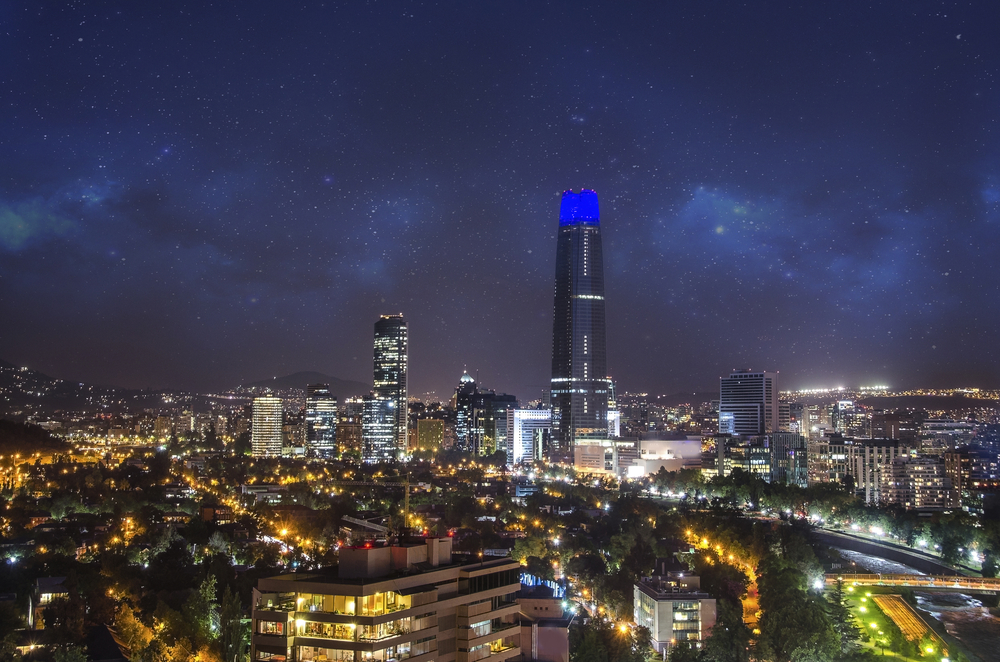
Pablo Neruda’s former residence, La Chascona
Fans of the Chilean Nobel-prize winning poet ought not to miss a visit to the La Chascona museum, which offers a look-see into the life and loves of the inspiring writer.
You can reach the museum by hopping on Line 1 of the Metro, alighting at Baquedano and walking for about 700m. Take advantage of the museum’s location in artsy Bellavista, a suburb filled to the brim with museums, boutiques and café and you can make a visit a very delightful full-day excursion.
Saturday morning markets at La Vega
In case you’re starting to forget where you are, with all the high-rise buildings, the people in business suits and all that modernity, get a reminder at La Vega’s Saturday markets! Loud, chaotic and colourful in a way South America does nest, these markets are super fun to visit.
Fresh produce is mixed with souvenirs and household items, and plenty of food treats to boot. For more culinary delights, especially empanadas and ceviche, head to the Mercado Centrale, the city’s main trading hub since 1872.
The Museum of Memory and Human Rights
Santiago boasts quite a few memorable museums, the most unmissable of which is the MMHR, which retraces the country’s most tumultuous historical period, under the brutal dictatorship of Augusto Pinochet.
Locals don’t like to talk about this painful and relatively recent chapter of their history; the wounds still run deep. Yet all visitors to Chile should set aside a couple of hours to acquaint themselves with the rule of Pinochet and the painful modern legacy he left behind.
World-class food & wine
Speaking of food….Santiago’s top-notch gastronomic scene is what had me scrambling over the border at double-speed every single time. Oh, the international delights abound! From excellent Japanese – something for which Santiago is revered – to authentic Italian and scrumptious international fusion cooking, the city’s epicurean side will leave your taste buds astounded.
For those traveling through the continent for an extended period of time, a promise of an exceptional sushi feast in Santiago is that fabled light at the end of an adventurous food tunnel.
When it comes to great food and perfect wine, few cities in the world offer Santiago’s smorgasbord of delights. The city is home to some of the best restaurants in all of South America and a local cuisine that’s as traditional as it is avant-garde, most of all in the capital city.
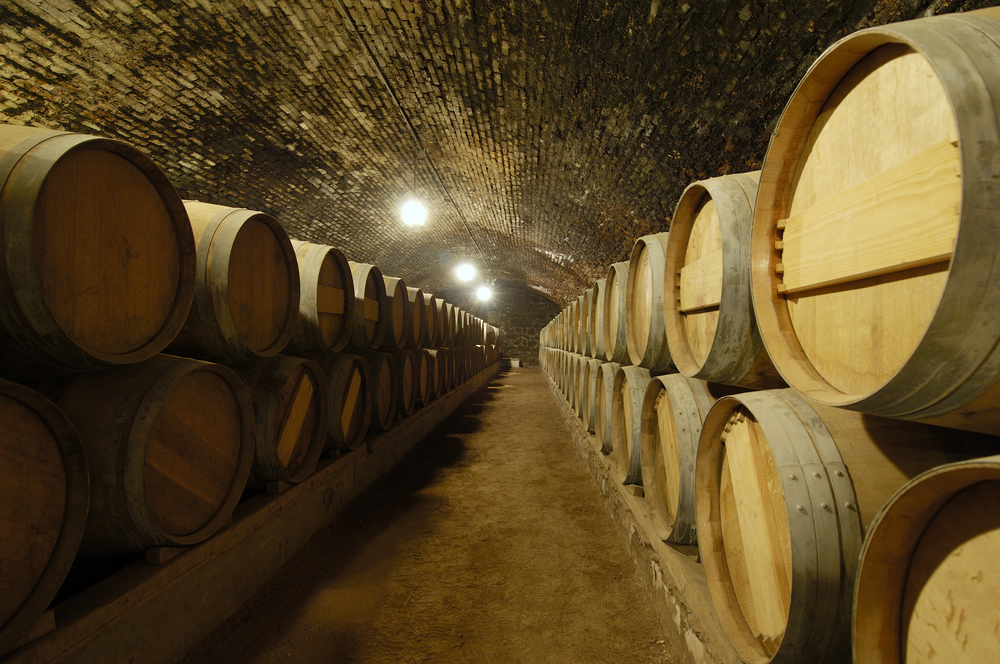
The Best Time to Visit Santiago, Chile
During the winter, between the months of June and August, Santiago is prone to being shrouded in smog. Its gorgeous location cradled in a valley is also its biggest – if not only – downfall.
During times of heavy cloud cover, traffic smog is trapped within its boundaries and this is about the only time of the year when the ever-present Andean backdrop is barely visible on occasions.
Government clean-air initiatives have had an enormous impact and the improvement in winter-time air-quality is visible every year, excusing the pun.
Winter is just the right time to visit if you want to ski thrilling slopes nearby, or unforgettable adventures in the Atacama Desert, and spring and summer are ripe for further explorations down to Patagonia and the Chilean fjords, or if you plan to fly to Ushuaia from here to hop on a cruise to Antarctica.
This is also the right time to visit to fully enjoy the outdoor café and dining scene for which Santiago is becoming increasingly renowned, and for glorious day trips to nearby wineries.
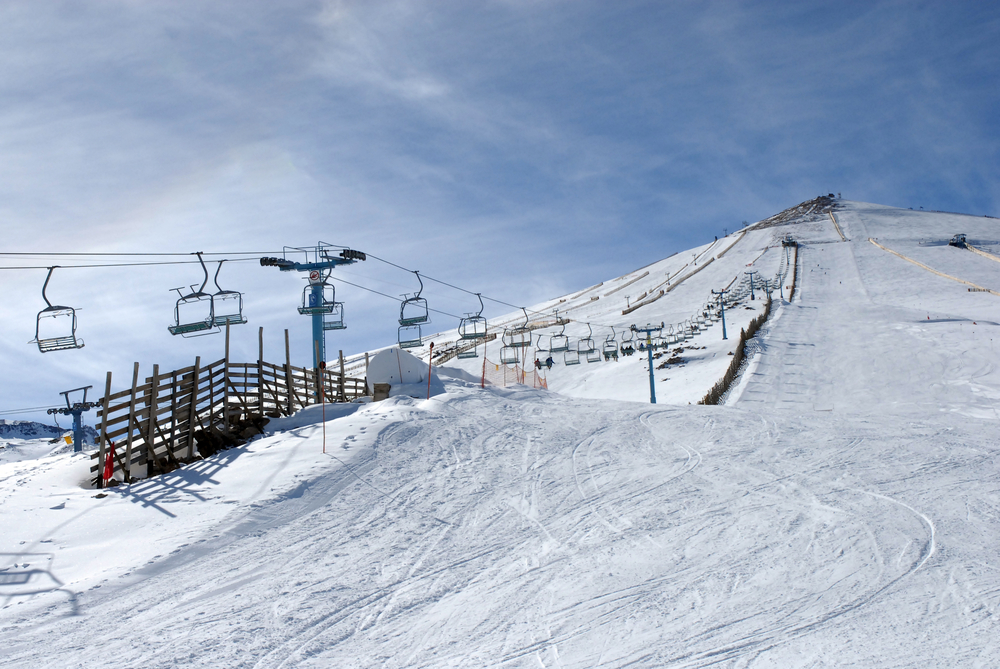
Best Way to Visit Santiago, Chile
As of last year, you can now fly directly from Melbourne to Santiago with Latin America’s largest carrier, LATAM, joining QANTAS which offers direct flights from Sydney. There really has never been a better time to dive straight into Chile! Santiago’s international airport is one of South America’s busiest and a great springboard for onward travel to every corner of the continent.
Chimu Adventures is your Latin American specialist. We offer you a wealth of information on the most prominent, as well as the least known, attractions in the whole continent, and offer an exciting collection of Signature South America itineraries.

Where Will You Go Next ?
- Popular Destinations
- Antarctica
- The Arctic
- South America
- Central America
- More to explore
- Amazon
- Antarctic Circle
- Antarctic Peninsula
- Argentina
- Bolivia
- Brazil
- Canadian Arctic
- Chile
- Colombia
- Costa Rica & Panama
- East Antarctica
- Ecuador
- Galapagos Islands
- Greenland
- Guatemala & Honduras
- Machu Picchu
- Mexico
- Patagonia
- Peru
- South Georgia and Falkland Islands
- Spitsbergen
- Sub Antarctic Islands

Talk to one of our experienced Destination Specialists to turn your Antarctic, Arctic and South American dream into a reality.
Contact us
